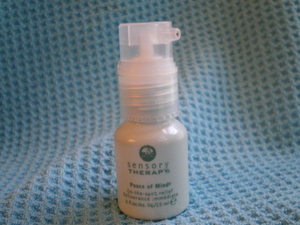How many times have you been told to eat more fiber? Although all fiber is good for you, there are two actually distinct types of fiber, each having its own health benefits. These types of fiber are handled differently by the intestinal tract with each functioning uniquely to promote intestinal health. It’s important that both types of fiber be integrated into the diet for optimal health benefits. Unfortunately, most people fall woefully short when it comes to getting enough of either type of fiber in their daily diet. Are you getting your share of both types? Here’s what you need to know.
Types of dietary fiber: Soluble fiber
Soluble fiber is distinguished by the fact that it readily dissolves in water after entering the intestines. When it does so, it forms a gelatinous type substance as it moves down the intestinal tract which helps to slow down the rate of digestion. One distinguishing feature of soluble fiber is that it can be broken down and fermented by the bacteria in the gut to produce a variety of biologically active products. The products of this fermentation process provide unique health benefits of their own.
One of the most important benefits soluble fiber has is the ability to lower levels of serum cholesterol which, in turn, can reduce the risk of heart disease. It also helps to moderate the rise in blood sugar that occurs after meals and promotes a feeling of fullness. These properties can be helpful to diabetics who are trying to control their blood sugar and those who are trying to lose weight. Of course, soluble fiber also promotes regularity of bowel movements.
How can you make sure you’re getting enough of this type of dietary fiber? The best way is to increase your intake of fruits and vegetables and add more legumes such as beans and lentils to your diet. Another excellent source of soluble dietary fiber are certain grains including oat bran and psyllium.
Types of dietary fiber: Insoluble fiber
In contrast to soluble fiber, insoluble fiber doesn’t dissolve in water and passes through the intestinal tract without being significantly altered. It has the important function of bulking up and softening the stool which makes it an effective laxative. It also speeds up movement of food through the intestinal tract. Like soluble fiber, it contributes to a feeling of satiety which means you’ll consume less calories with meals. Unlike the soluble type of dietary fiber, it has no real effect on cholesterol or lipid levels. Foods that are good sources of insoluble fiber include wheat bran, beans, nuts, and vegetables.
How can you be sure you’re getting enough of both types of fiber in your diet? Start the day with a bowl of bran cereal or a whole grain cereal such as oat or wheat bran sprinkled with nuts and berries. Make it your goal to get five to seven servings of fruits and vegetables each day. By making these changes to your diet, you’ll be assured of getting sufficient soluble and insoluble fiber in your diet. The benefits? You’ll be more regular and may even reduce your risk of heart disease.



